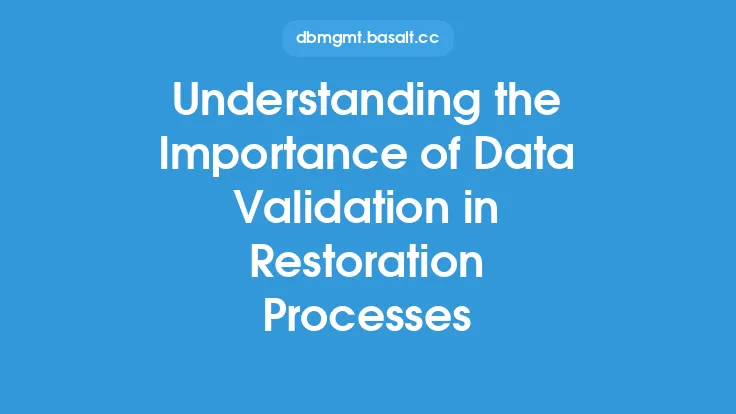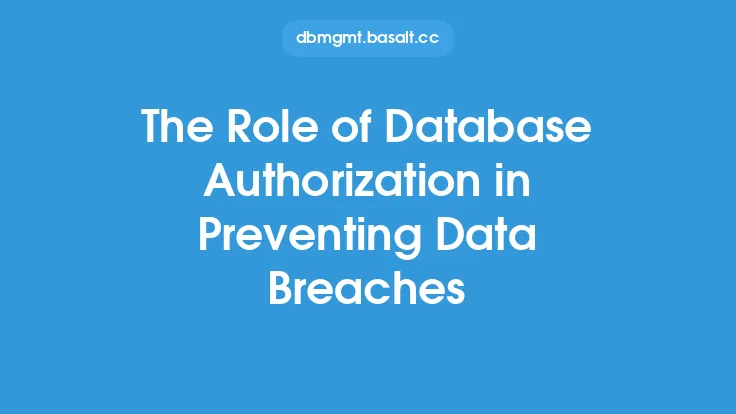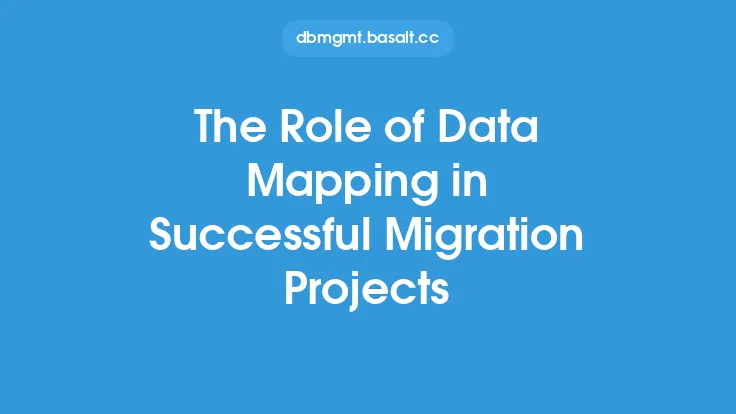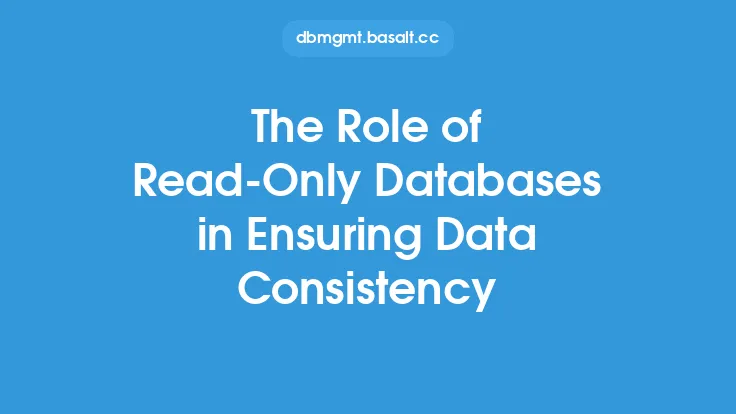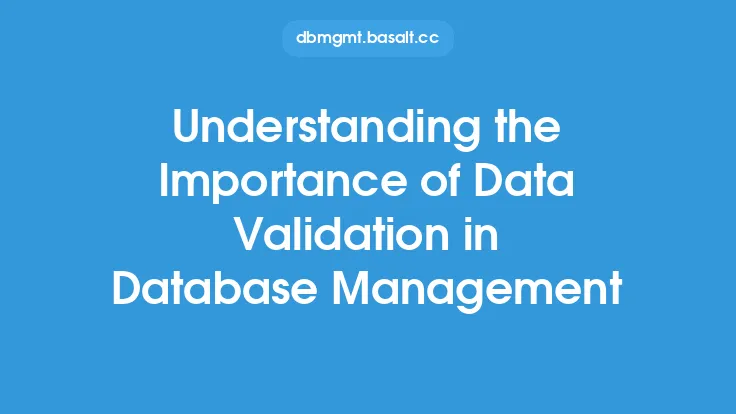Data validation is a critical process in ensuring the accuracy, completeness, and consistency of data. It involves checking data for errors, inconsistencies, and conformity to predefined rules and formats. In the context of data normalization, data validation plays a vital role in preventing data corruption, which can have severe consequences on the reliability and integrity of data. Data corruption can occur due to various reasons, including human error, software bugs, hardware failures, and data transmission errors. In this article, we will delve into the role of data validation in preventing data corruption and explore the various techniques and strategies used to ensure data integrity.
Introduction to Data Corruption
Data corruption refers to the alteration or destruction of data, resulting in errors, inconsistencies, or loss of data. It can occur at any stage of the data lifecycle, from data entry to data storage and transmission. Data corruption can be caused by various factors, including human error, software bugs, hardware failures, and data transmission errors. The consequences of data corruption can be severe, ranging from minor errors to complete data loss, and can have a significant impact on business operations, decision-making, and reputation.
The Importance of Data Validation in Preventing Data Corruption
Data validation is essential in preventing data corruption by ensuring that data is accurate, complete, and consistent. It involves checking data against predefined rules, formats, and constraints to detect errors, inconsistencies, and anomalies. Data validation can be performed at various stages of the data lifecycle, including data entry, data processing, and data storage. By validating data, organizations can prevent data corruption, ensure data integrity, and maintain the reliability and accuracy of their data.
Types of Data Validation
There are several types of data validation, including:
- Format validation: checks data against predefined formats, such as date, time, and numeric formats.
- Range validation: checks data against predefined ranges, such as numeric ranges or date ranges.
- Pattern validation: checks data against predefined patterns, such as email addresses or phone numbers.
- Check digit validation: checks data against predefined check digits, such as credit card numbers or ISBN numbers.
- Cross-validation: checks data against other data elements, such as checking a phone number against a address.
Data Validation Techniques
There are several data validation techniques used to prevent data corruption, including:
- Data type checking: checks the data type of a value against a predefined data type.
- Data range checking: checks a value against a predefined range.
- Data format checking: checks a value against a predefined format.
- Regular expression checking: checks a value against a predefined regular expression pattern.
- Checksum checking: checks a value against a predefined checksum.
Data Validation Tools and Technologies
There are several data validation tools and technologies available, including:
- Data validation software: specialized software that performs data validation, such as data validation tools for databases or spreadsheets.
- Data validation frameworks: frameworks that provide a set of rules and constraints for data validation, such as XML Schema or JSON Schema.
- Data validation libraries: libraries that provide a set of functions and APIs for data validation, such as data validation libraries for programming languages.
Best Practices for Data Validation
To ensure effective data validation, organizations should follow best practices, including:
- Define clear data validation rules: establish clear and concise data validation rules and constraints.
- Use automated data validation: use automated data validation tools and technologies to reduce manual errors.
- Perform data validation at multiple stages: perform data validation at multiple stages of the data lifecycle, including data entry, data processing, and data storage.
- Use data validation metrics: use metrics to measure the effectiveness of data validation, such as data validation rates or error rates.
Conclusion
In conclusion, data validation plays a critical role in preventing data corruption and ensuring the accuracy, completeness, and consistency of data. By using various data validation techniques, tools, and technologies, organizations can prevent data corruption, ensure data integrity, and maintain the reliability and accuracy of their data. By following best practices for data validation, organizations can ensure effective data validation and prevent data corruption. As data continues to play an increasingly important role in business operations and decision-making, the importance of data validation in preventing data corruption will only continue to grow.
